Carbon
What is Carbon
Carbon (pronounced as KAR-ben) is a soft nonmetal denoted by the chemical symbol C. It forms several allotropes including diamond, graphite, graphene, and fullerene. Carbon is the sixth most abundant element in the earth’s crust, and it can be obtained in the form of black powder by burning organic compounds in a limited supply of oxygen [1].
Where is Carbon Found in Nature
In the earth’s crust different forms of the element exist. Natural diamonds occurs in mineral called kimberlite that’s commonly found in Botswana, Russia, DR Congo, South Africa, and Canada. Graphite reserves can be found in Brazil, Canada, Ukraine, India, and Norway. It forms an important constituent in all living beings and also found as fossil remains in hydrocarbons and carbonates [1].
History
Origin of its Name: It is derived from the Latin word ‘carbo’ that means charcoal [1].
Who Discovered it: Unknown
When, Where, and How was it Discovered
The different allotropes of carbon were identified one by one since they existed naturally in many places. In the case of diamond, a naturalist, Giuseppe Averani and a medico, Cipriano Targioni, discovered it in 1694 by concentrating sunlight on it with a magnifying glass. In 1771, Pierre-Joseph Macquer and Godefroy de Villetaneuse conducted the experiment. However, it was only in 1796 when Smithson Tennant, an English chemist, proved diamond to be an allotropic form of carbon [1].
Identification |
|||
| Atomic number | 6 [1] | ||
| CAS number | 7440-44-0 [1] | ||
| Position in the periodic table [1] | Group | Period | Block |
| 14 | 2 | p | |
Classification, Properties and Characteristics of Carbon
General Properties |
||
| Relative atomic mass | 12.011 [1] | |
| Atomic mass/weight | 12.011 atomic mass units [3] | |
| Molar mass/Molecular weight | 12.011 g/mole [5] | |
| Mass Number | 12 | |
Physical Properties |
||
| Color/physical appearance | Black (graphite), transparent (diamond), black/dark brown (graphene and fullerenes) [1] | |
| Melting point/freezing point | Undergoes sublimation at 3825°C (6917°F) [1] | |
| Boiling point | Undergoes sublimation at 3825°C (6917°F) [1] | |
| Density | 2.2 g/cm3 (graphite), 3.513 g/cm3 (diamond) [1] | |
| Standard/Natural state at room temperature (solid/liquid/gas) | Solid [1] | |
| Malleability | No [4] | |
| Hardness | 0.5 Mohs [6] | |
| Specific heat capacity | 0.71 J g-1 oC (graphite), 0.5091 (diamond) [3] | |
| Thermal conductivity | 27-450 Wm-1K-1 (graphite), 450 Wm-1K-1 (diamond) [3] | |
| Electrical conductivity | 0.07×106 S m-1 | |
Chemical Properties |
||
| Flammability | Highly flammable [5] | |
| Oxidation state/Oxidation number | −4, −3, −2, −1, +1, +2, +3, +4 [1] | |
Atomic Data of Carbon (Element 6)
| Valence electrons [9] | 4 [9] | ||||||
| Quantum numbers [10] | |||||||
| – n | 1 | ||||||
| – ℓ | 0 | ||||||
| – mℓ | 0 | ||||||
| – ms | +1/2 | ||||||
| Electron configuration (noble gas configuration) | [He] 2s22p2[1] | ||||||
| Atomic structure [5] | |||||||
| – Number of Electrons | 6 | ||||||
| – Number of Neutrons | 6 | ||||||
| – Number of Protons | 6 | ||||||
| Radius of atom | |||||||
| – Atomic Radius | 1.70 Å [1] | ||||||
| – Covalent Radius | 0.75 Å [1] | ||||||
| Ionization energy [1]
(kJmol-1) |
1st | 2nd | 3rd | 4th | 5th | 6th | 7th |
| 1086.454 | 2352.631 | 4620.471 | 6222.716 | 37830.648 | 47277.174 | – | |
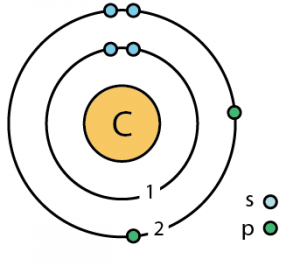
Carbon Atomic Structure (Bohr Model)
What is Carbon Element Used for
- Carbon fibers (graphite fibers) being lightweight and strong are used in helmets, tennis rackets, guitars, knives, fishing rods, skateboards, tripods, rockets, barrels, rods, and airplanes [1]. Its fiber sheets also have certain robotic applications.
- Hydrocarbons obtained from fossil fuels has a high C content that’s commonly used as commercial fuels, fibers, polymers, paints, plastics, and solvents [1].
- Carbon nanotubes coated with silicon or nitrogen are used as anodes in lithium ion batteries [7].
- Filters used in exhaust fans are coated with a layer activated C to remove impurities and harmful contaminants [8].
- The impure forms of the metal called charcoal and coke are required in iron and steel industries to carry out several processes such as smelting [1].
- Graphite is a common addition in pencils, furnace linings, and electric motor brushes [1].
- Apart from having application in costly jewelry-making, crude diamonds are used in cutting and drilling rocks [1].
- C alloyed with steel is of great importance in the making of skillet, swords, knives, and pipes [1].
- A combination of carbon and ceramic is used in brakes of automobiles.
Is the Element Toxic
While pure C is not toxic, prolonged inhalation of the dust can lead to irritation in the lungs and cause heart damage.
Interesting Facts
- Carbon is known as the ‘King of Elements’ as it can form more than 10 million compounds. In fact, the image of the element is represented by three crowns denoting the same [1, 9].
- It is believed to be present in stars and sun as a result of debris from a previous supernova [1].
Carbon Cost
The price of the pure element may vary between $2 and $3 per gram.
- References
- http://www.rsc.org/periodic-table/element/6/carbon
- https://education.jlab.org/itselemental/ele006.html
- https://www.chemicool.com/elements/carbon.html
- http://www.bookrags.com/research/malleability-woc/#gsc.tab=0
- https://pubchem.ncbi.nlm.nih.gov/compound/Carbon
- http://periodictable.com/Properties/A/MohsHardness.al.html
- https://www.understandingnano.com/nanotubes-carbon.html
- https://learn.allergyandair.com/activated-carbon-filters/
- https://www.thoughtco.com/carbon-element-facts-606515
- http://www.chemteam.info/Electrons/QuantumNumbers-H-to-Ne.html
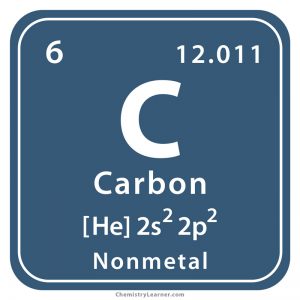
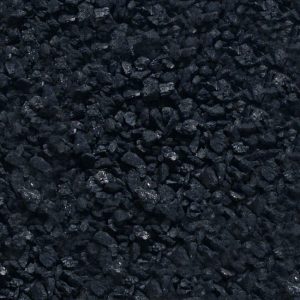
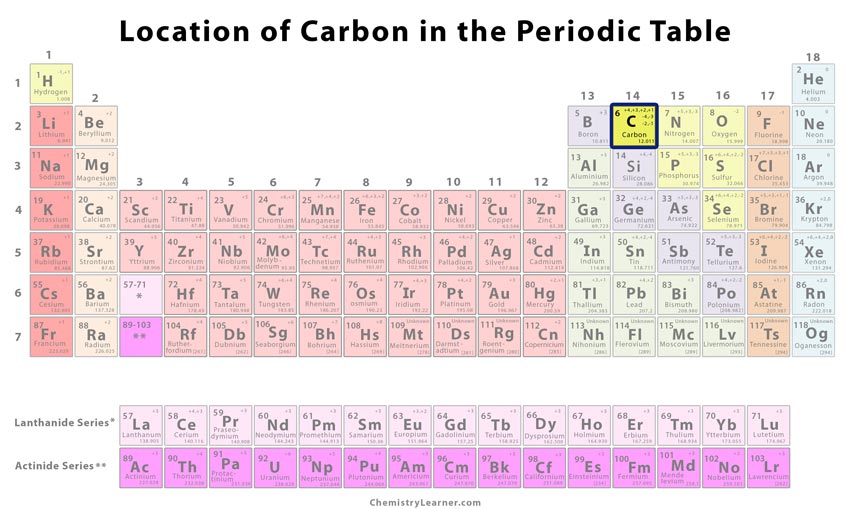
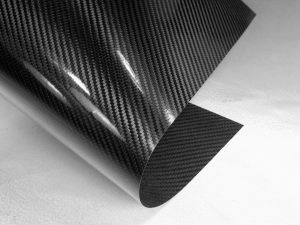





I am very happy on this website. Go team!
I’m glad to hear that! Let’s make sure we strike to learn more about this beautiful topic. XOXO